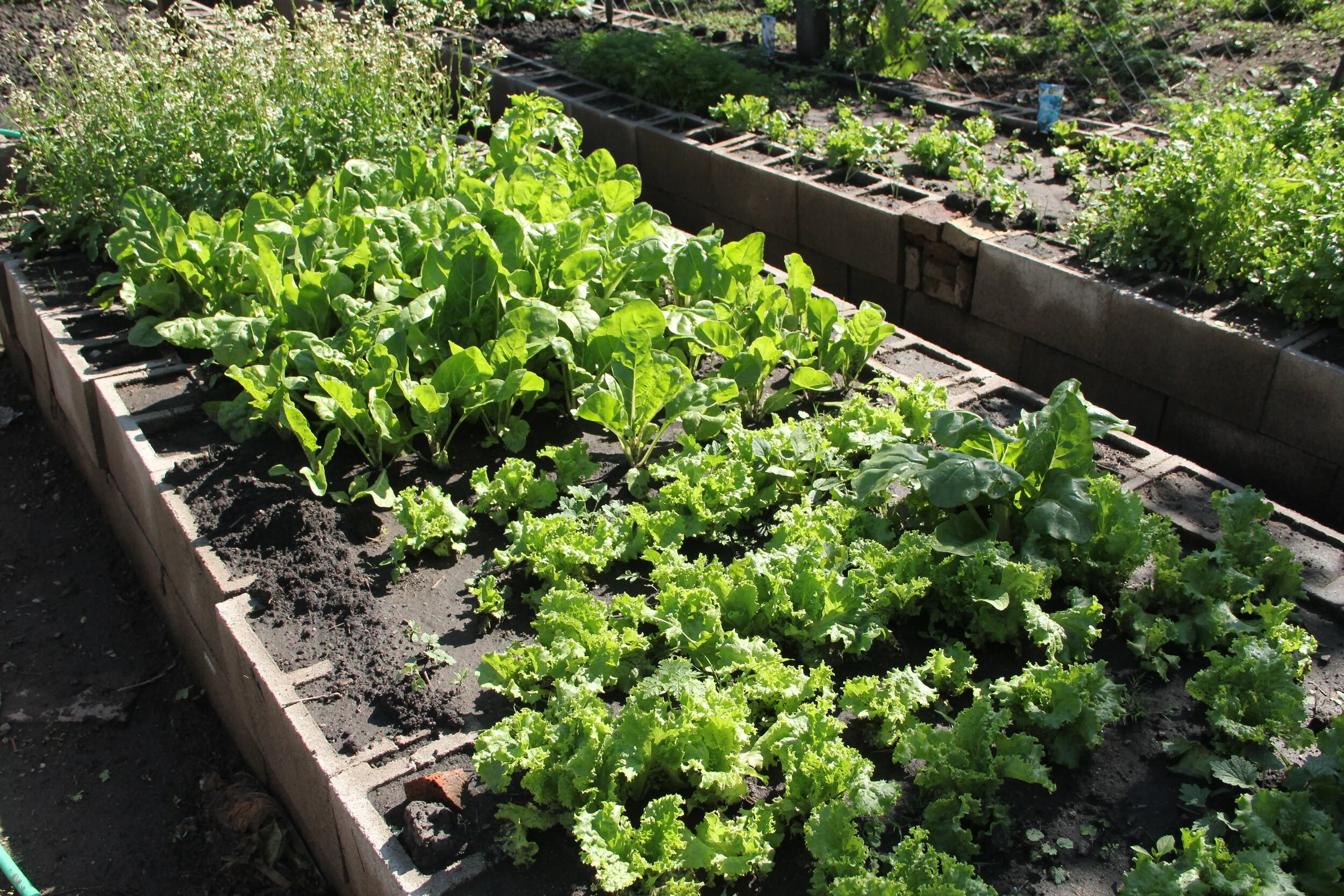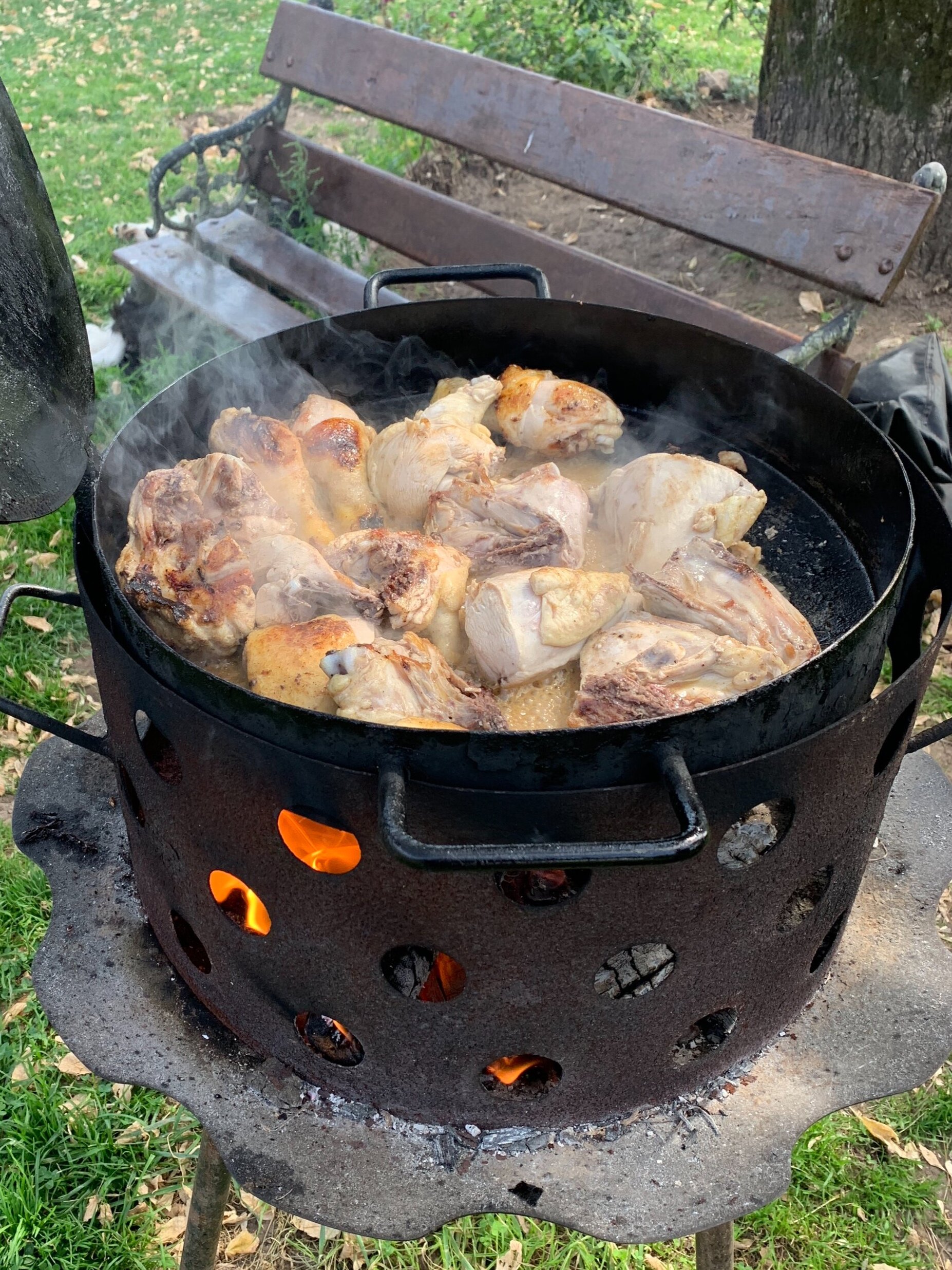Food prepared “al disco” does not refer to a particular recipe but rather a cooking style.
Traditionally farm workers would use the blade of their plough; flipped on its side, wiped clean and with a fire lit below - these days we use a huge iron plow disc heated over a wood fire, but you can recreate this in a heavy bottom pan. Discos provide a large surface area for cooking while remaining easily portable, they are particularly useful for preparing meals away from the kitchen.
The following recipe for pollo al disco is using white wine, but this can be substituted with beer.
Serves 4
3 x chicken breasts - either cooked whole or cut into chunks
2 onions
2 red peppers sliced
2 green peppers
A handful of fresh herbs chopped
2 diced garlic cloves
Cream
Chilli flakes
Paprika
2 bay leaf
White wine
Water
Olive oil
To prepare the chicken use breast meat or cut into chunks on the bone (if leaving pieces on the bone it will take longer to cook). Once the disco is placed over the flames begin cooking immediately or it will burn and smoke. Add a splash of oil and sauté the chicken, stirring often until the chicken has colour all over. Once the chicken has begun cooking add the onions and garlic, allow to soften. Then add white wine, peppers, spices and herbs - flavor according to taste. Continue to add wine and water throughout cooking to ensure the meat doesn’t dry out. Stir often. Do not taste the sauce until the chicken is cooked.
Once the chicken has been cooked, and you are ready to serve drizzle some cream over the chicken, as you plate it.


























